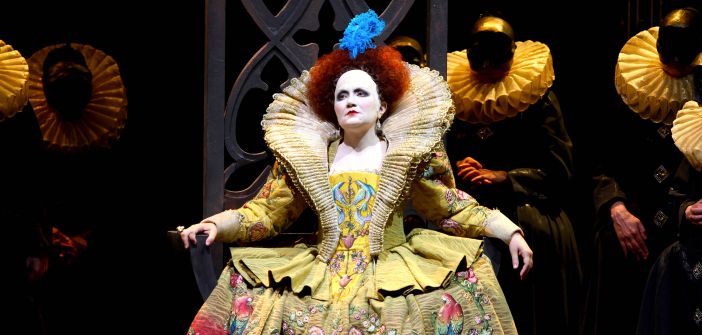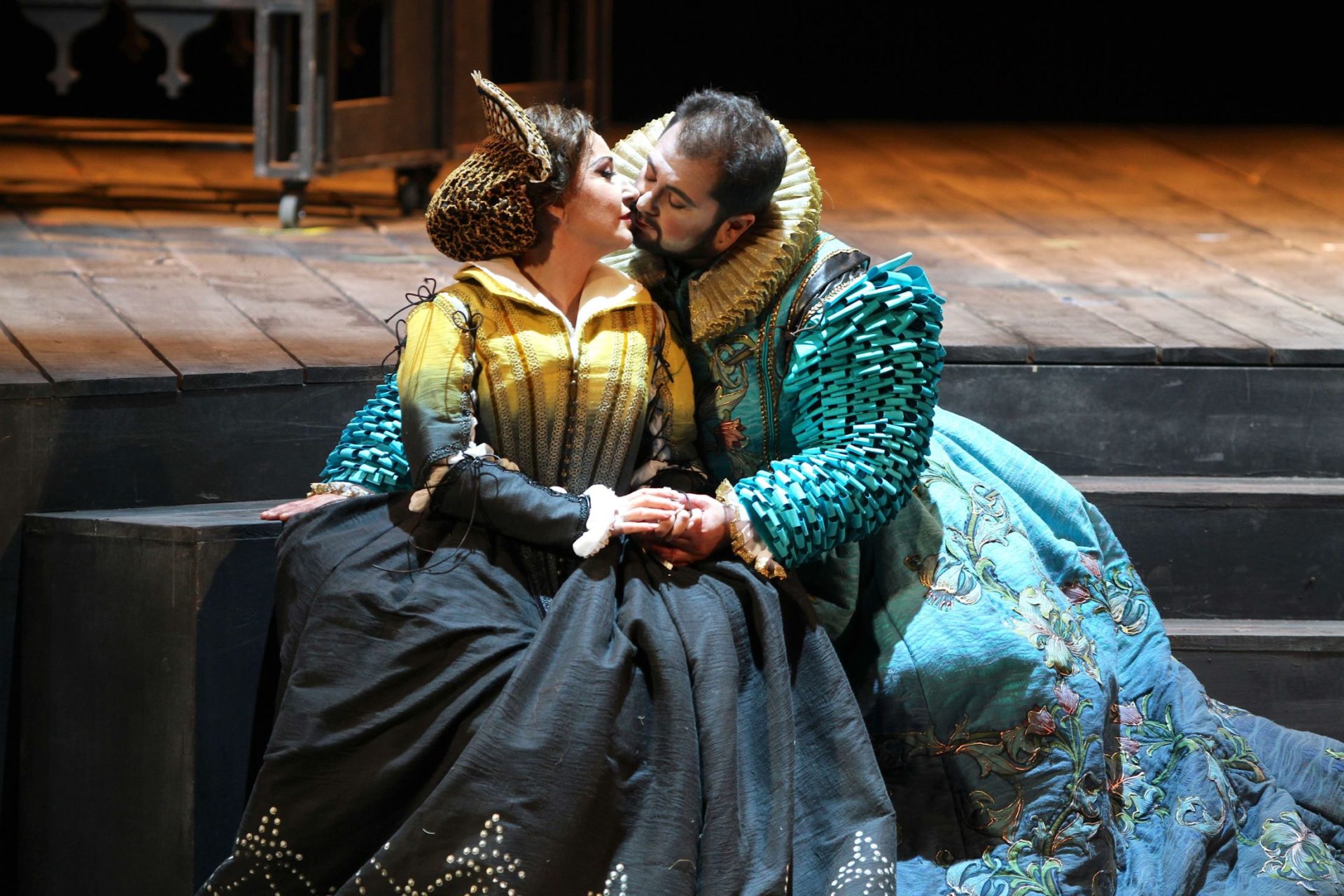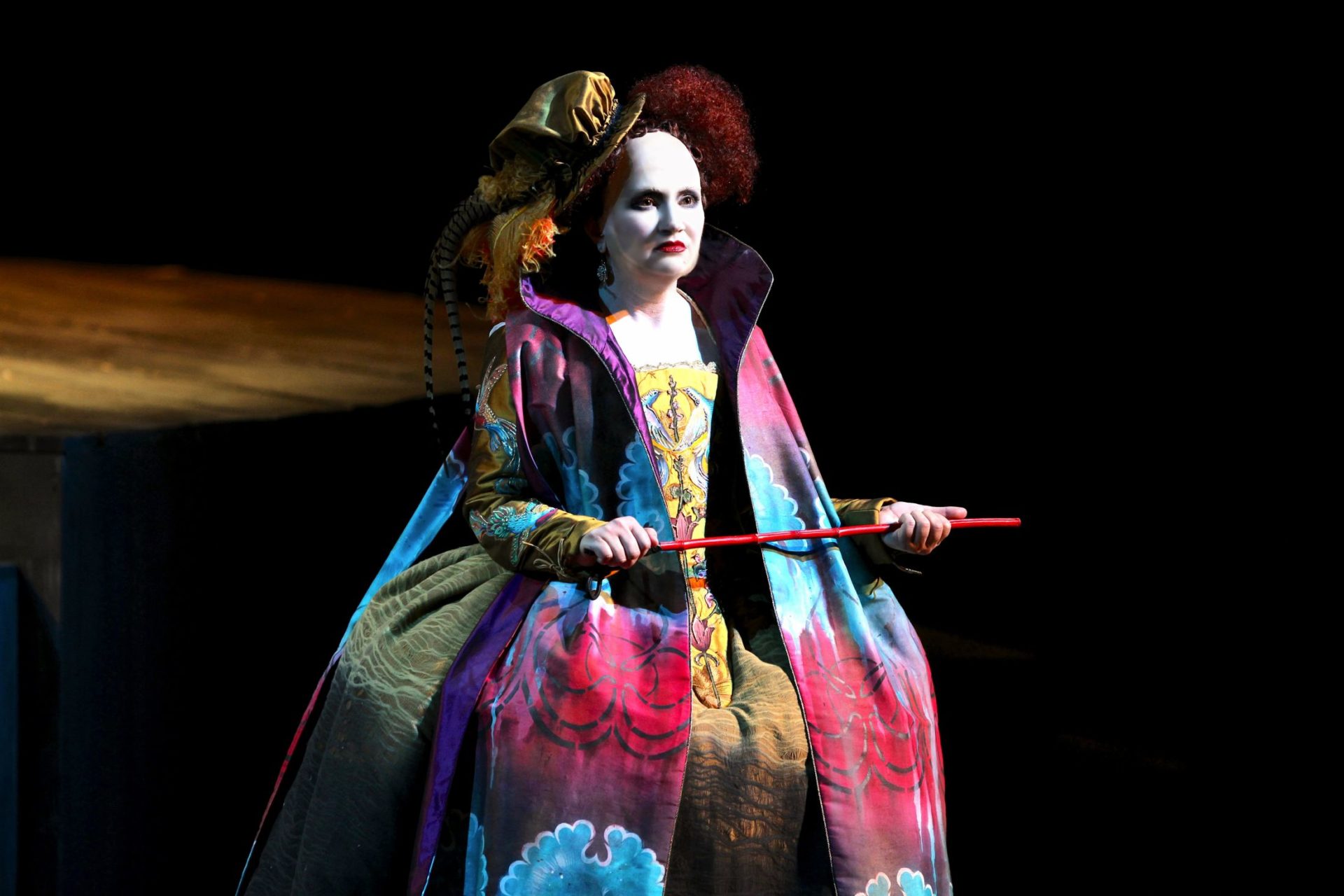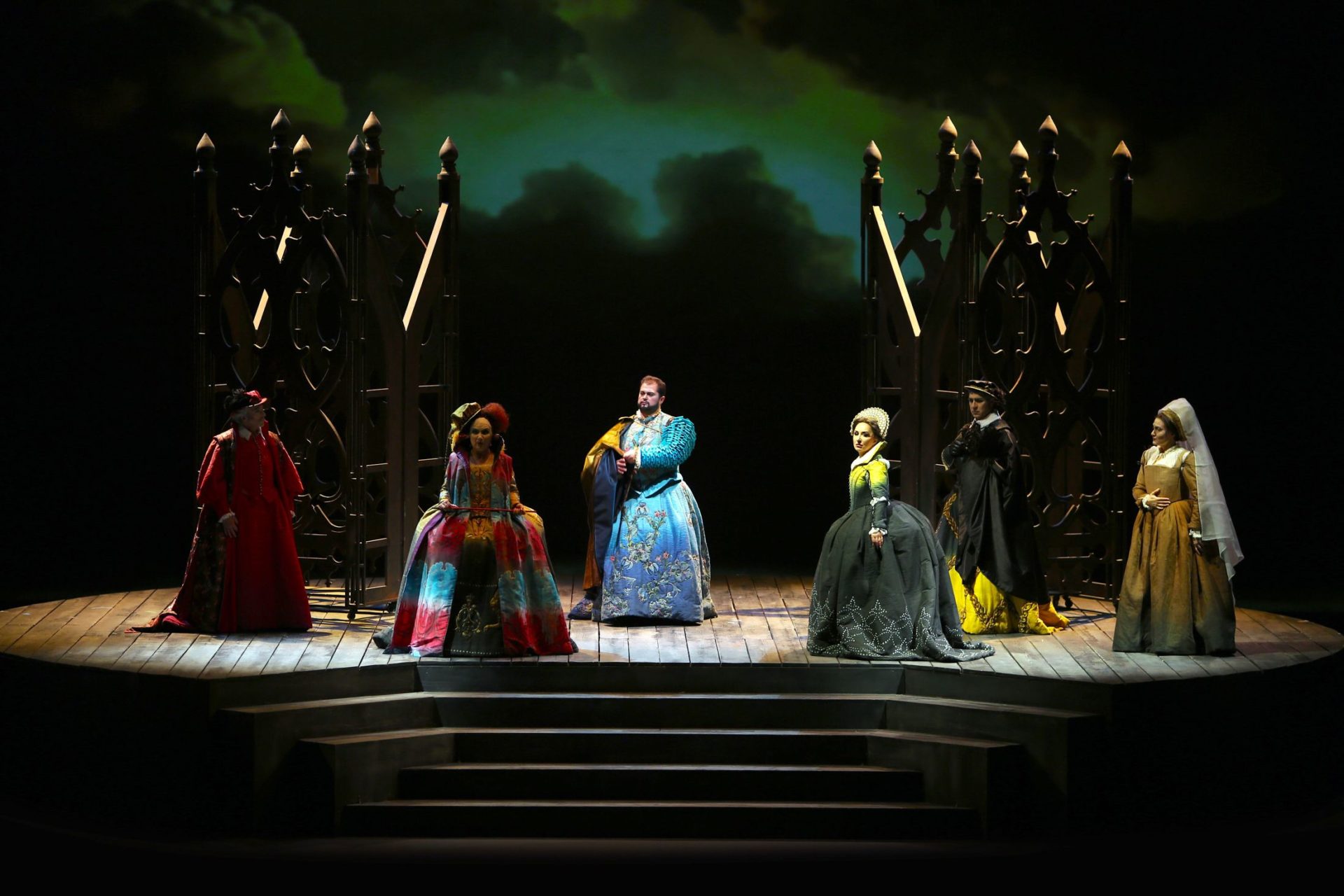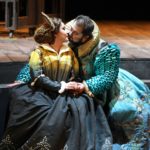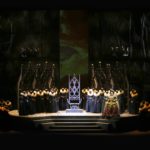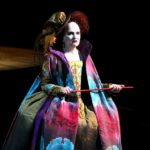A majestic Maria Stuarda, music by Gaetano Donizetti at the Carlo Felice Theater in Genoa.
The writing of the libretto was entrusted to the Neapolitan jurist Giuseppe Bardari, who, during his study period in Naples, also wrote poetry and frequented the salons of the city, where he encountered the liberal ideas of the Italian Risorgimento. He made a reputation as a promising researcher and was only 17 years old when Donizetti hired him as the librettist for Maria Stuarda. Unfortunately, the book faced significant censorship issues (the work was banned in Naples and radically changed in Milan), and Ashbrook claims that, for this reason, Bardari abandoned writing and devoted himself to a legal career.
The history of the 16th century stains all of Europe and England with the blood spilled because of religious wars. This is particularly the case on English soil, which is the scene of a struggle between fervent Catholic restorers and the independent power of the Anglican Church, a struggle won difficulty by a less scrupulous Henry VIII in Scotland, divided between Calvinists and Catholics. We witness the tragedy of the beautiful Queen Mary, crowned at only 9 months old and in conflict with Elizabeth over the crown of England.
Bardari’s libretto, in an almost romantic style, focuses on the emotional and narcissistic conflict between the two queens. Amidst conspiracies, suspicions, and intrigues, and the supposed lover torn between them, Robert, Earl of Leicester, desperate over the imprisonment of the beautiful Maria.
It is said that she was an extraordinary princess, about 1.80m tall, with a majestic appearance that was appreciated. Her childhood blonde hair had darkened with maturity to a tawny color. Her almond-shaped eyes could better be described as hazel. Her most admired quality was her very fair skin, which, when Maria fell ill with smallpox, was preserved by a special ointment (unlike Elizabeth I). Her straight, slightly aquiline nose, her pretty little mouth, her graceful, elegant neck.
Initially, the opera was staged at the La Scala in Milan on December 30, 1835, conducted by Eugenio Cavallini, it did not have an easy life. Both due to the repeated allegations against Bardari’s inexperienced writing and the climate of the Risorgimento. Originally in 3 acts, the contemporary version at the Carlo Felice Theater is in 2 acts, perhaps even more compatible with the chronology of the opera.
The magnificent and powerful conclusion of the first act, with the painful confrontation between the two queens, supported by the final quartet composed of Talbot, Anna, Robert, and Cecil, perfectly synthesizes the passionate declension of the text and score intended by Donizetti.
The second part of the drama offers a crescendo of tension, from Elizabeth’s doubts about the choices she faces, urged by the Lord Treasurer Cecil, to the desperate attempts to seek a long-lost salvation, the executions where Maria uttered these words: “I forgive you with all my heart, for I hope you will put an end to all my anguish,” with the solemn character that prevails as a reason of State over the delicate and painful human destiny.
A proper and coherent direction, with bare but effective scenes (beginning in front of a makeup mirror where Elizabeth prepares for the image battle with her rival); the production staged at the Carlo Felice Theater in Genoa offered strong emotions to the audience, thanks also to the direction of Mr. Yurkevich and the sublime performances of soprano Elena Mosuc (Maria) and mezzo-soprano Silvia Tro Santafé (Elizabeth).
